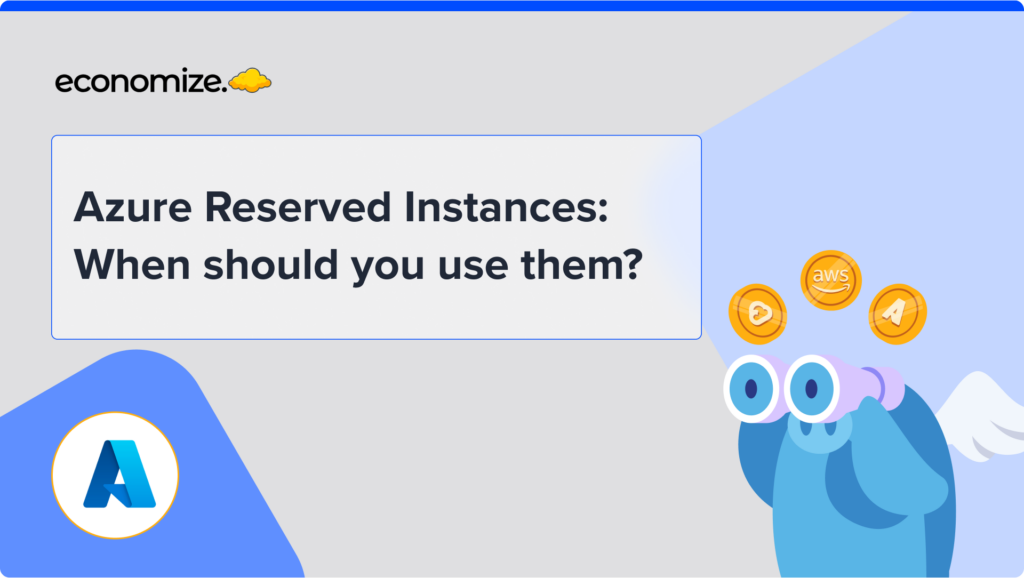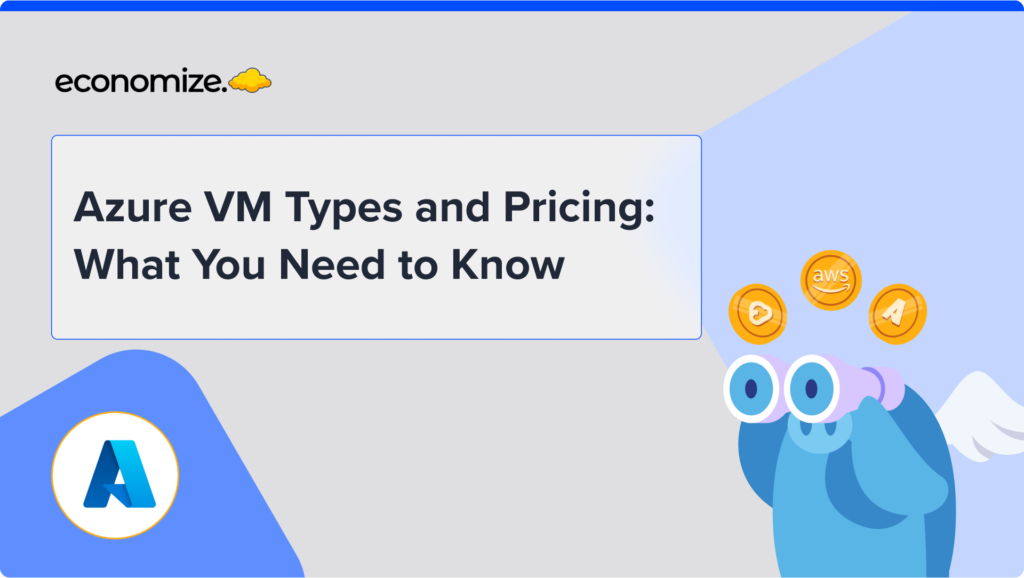What are FinOps KPIs?
FinOps (financial operations) is a solution for controlling operational costs in a cloud environment. FinOps’ major purpose is to assist cross-functional teams inside an organization in maintaining financial accountability for the cloud services they utilize.
FinOps relies heavily on key performance indicators (KPIs). They establish measurable benchmarks and metrics to support the monitoring of cloud resources and their consumption. Primarily, KPIs are used to gain visibility and a metric perspective in order to begin the cost-controlling process. They allow you to set benchmarks and make informed choices with the foundational strength of data-driven decisions.

Types of FinOps KPIs & their applications
Cloud Visibility KPIs
It’s nearly impossible to strengthen governance and begin automating processes without visibility across all of your cloud environments. Since cloud visibility encompasses cost, consumption, performance, configuration, security, and availability, it is important to track the following:
- Percentage of the environment with proper tagging in place
- Percentage of bill from untagged resources
- Forecasted cost against the cost of cloud resources per team
- Total spend against the cost of cloud resources per team
- Percentage of revenue that is spent on the Cloud
- Total cost against the cost of unused resources in the Cloud
- Average price of compute per hour
Cloud Optimization KPIs
Operational optimization in FinOps is the process of proactively monitoring and recommending mitigation of security and compliance risks, whereas security optimization is the process of proactively monitoring and suggesting remediation of security and compliance issues. When optimization is concerned, it is better to have these areas thoroughly covered:
- Rightsizing savings percentage
- Effective cost per resource
- Production incidents by application/team
- Reverted cloud deployments
- Mean time to repair or mean time between failures
- Number of security lapses in a month
- Number of assets that don’t meet configuration standards (wrong VM type, location, image, OS, tagging)
Cloud Governance and Automation KPIs
Governance is the process of defining best practices and generating alerts when infrastructure is out of compliance or has strayed from its original purpose. There are a number of different techniques to establish cloud governance policies (in-band, guidelines, access controls, guardrails…) Most firms divide governance and automation into three categories when they initially start out: financial management governance, operational governance, and security and compliance governance. Here are a few exemplary KPIs that deal with governance.
- Percent of policies in a compliant state
- Cost-optimized over time
- Cost-optimized per policy over time
- Time saved as a result of policies
- Number of reservations automated
- Time to remediate security violations
- Service availability
- Time to deployment
Important KPIs
Here are a few KPIs from the FinOps foundation, which believes that FinOps practices are a cultural change above all else. It’s a method for teams to manage their cloud costs, in which everyone accepts responsibility for their cloud usage, with the help of a central best-practices group. Engineering, Finance, Product, and other cross-functional teams collaborate to allow quicker product delivery while also increasing financial control and predictability.
- RI Coverage
- Savings Plan Coverage
- Committed Use Discount coverage
- Rightsizing opportunity value
- Usage on weekends vs weekdays
- % of spot vs other coverage
- custom pricing commitment tracking
- % orphaned EBS volumes
- % orphaned snapshots
- Aged snapshots
- Idle instances > 30-days
- Idle instances < 30-days
For more in-depth information on KPIs, you can visit the FinOps Foundation’s GitHub Repository.
Monitoring FinOps metrics & their applications
Due to the various ways cloud services are billed, businesses must regularly quantify the value of their business and technological investments. Business and IT executives want a set of value indicators that account for both operational and strategic results, as well as risks and opportunities. Organizations employ metrics and KPIs as foundational tools, progressing from unit measures of cloud costs to well-defined business value indicators.
Accountability & Enablement, Measurement & Realization, Cost Optimization, Planning & Forecasting, and Tools & Accelerators are the five fundamental building pieces of Cloud FinOps, according to Google. These metrics are intended to be widely measured and achievable across a wide range of organizations, allowing for greater applicability.
Importance and benefits of KPIs
Measuring Targets
The most important and significant use of KPIs are in measuring targets for your organization. If your company goal is to make a certain amount of products a month, setting up a KPI will let you understand how far you are from your objective. When measuring goals like this, you have an opportunity to map your growth and understand what increases your rate of progress and what decreases it, thus allowing you to make decisions to further improve the process and get closer to the objectives and key results.
Crucial Information
KPIs are used by certain firms to assess how well they are meeting specific requirements that aren’t always connected to their company or earnings. They give real-time data that allows you to make methodical adjustments rather than making frantic alterations at the end of each month to meet your objectives. KPIs give a comprehensive, quantifiable perspective of a company’s overall performance. When in a highly competitive market, such knowledge might be critical in the efforts to outdo their competitors.
Operation Metrics
An operational KPI is a measurable metric that reflects company performance over a shorter time period. They are used in a multitude of areas to measure organizational operations, increase efficiency, and assist firms in understanding and analyzing the results. Certain instances have occurred where companies ignored leftover resources during their initial stages of cloud adoption. Such cases can leave your organization with an unnecessary expenditure that can very easily be avoided. Having control over operational expenses and resources will allow you to focus your cloud service utilizations in the areas that make the most impact.
Analyze patterns
Companies that track the same KPIs on a quarterly basis might spot patterns in their data. These patterns can also be beneficial in a variety of situations. For instance, a corporation can forecast its sluggish quarters and utilize that time to accomplish something else, such as company-wide training or revising its strategy for the following year.
Conclusion
Key performance indicators are frequently used in FinOps (KPIs). They create measurable FinOps benchmarks and indicators to help with cloud resource monitoring and usage. KPIs are primarily utilized to get awareness and a metric viewpoint so that the cost-controlling process may begin.
With the core power of data-driven judgments, they enable you to create benchmarks and make intelligent decisions. KPIs are the most effective approach to tracking your organization’s development as they give quantifiable data that can be used to enhance efficiency, reduce liabilities, and monitor company health.
If your organization is facing high monthly cloud expenditure, just know that you’re not alone. Take a look at the industry-leading cloud cost management tools and decide which one works best for your needs. Automate the process, monitor the results, and enjoy your savings!
How can we help?
Tired of your cloud costs building up? Don’t let cloud costs weigh you down anymore. With Economize, you can slash your cloud expenditures by up to 30% effortlessly. Book a free demo with us today and discover how we can help you start saving in as little as 10 minutes.








